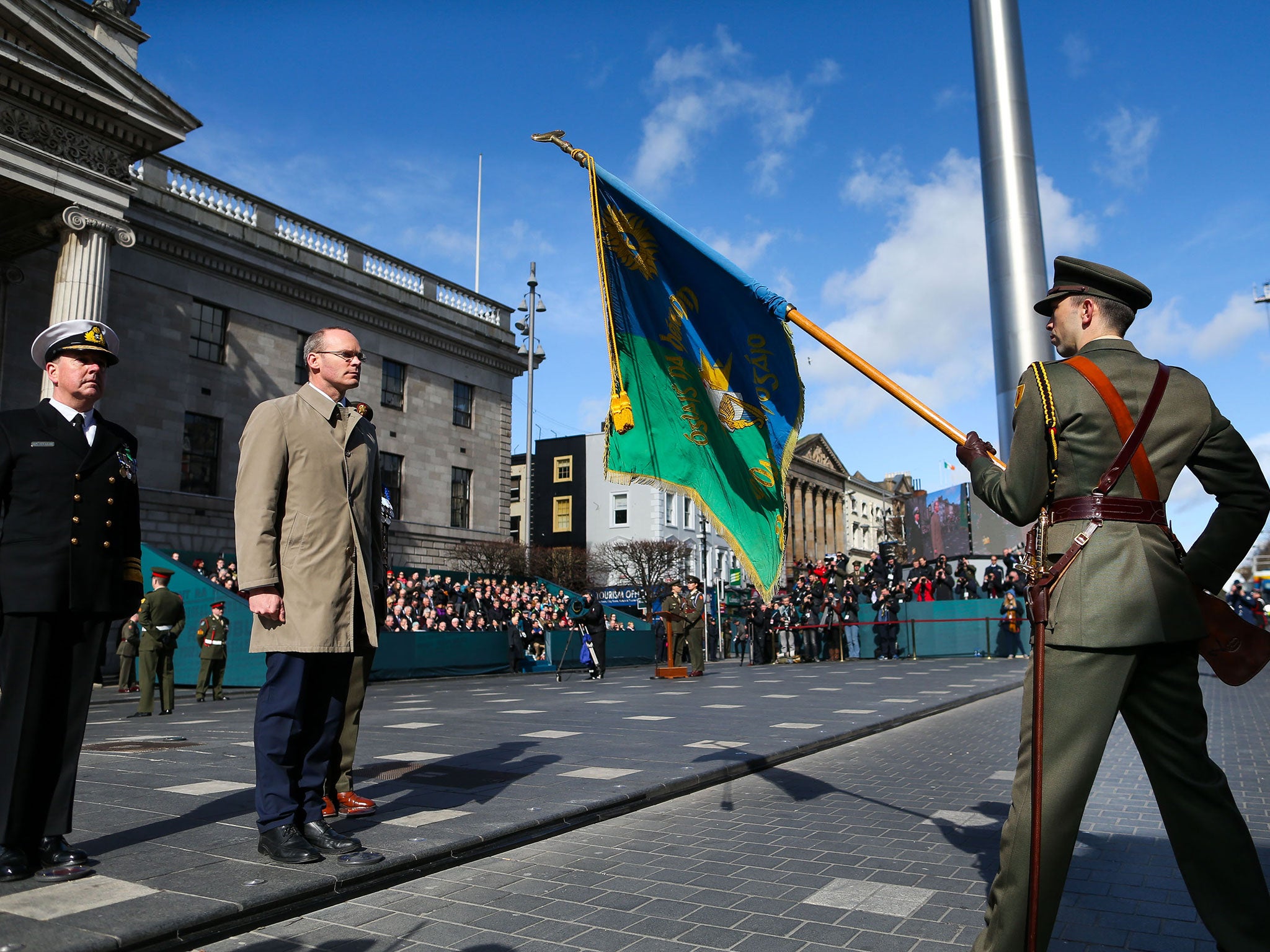Easter Rising: What is it? What happened and why is it so controversial 100 years on?
As Ireland marks the centenary of the six day rebellion we look at why it was so important to the founding of the Irish state

Thousands of people have turned out to line the route of a military parade through Dublin to mark the centenary of the Easter Rising.
Irish President Michael D Higgins kicked off Easter Sunday commemorations by laying a wreath at the spot where 15 rebel leaders were executed for their part in the failed revolt against British rule in 1916.
The Republic of Ireland became a fully independent state in 1921 following the Anglo-Irish treaty.
What was the Easter Rising?
A group of republican rebels - including controversial folk hero Padraig Pearse - first started planning an uprising against British rule after the outbreak of the First World War in 1914.
On Easter Monday, 24 April 1916, roughly 1,200 members of local republican groups, including the Irish Volunteers and Irish Citizen Army, took over strongholds in Dublin city centre and made the General Post Office their headquarters.
The British Army were initially caught off guard by the assault with only 1,268 troops in the city at the time but soon rallied and by the end of the week had a force of 16,000 men.
The rebels had failed to capture either of the city’s main train stations or ports and the leaders were forced to surrender unconditionally at their headquarters after just six days.
Lord Wimborne, the Lord Lieutenant of Ireland, declared martial law the day after the rising began and 15 of the leaders were executed by firing squad in May.
Nearly 1,500 more were held as political prisoners in England and Wales - including future republican leader Michael Collins who was assassinated in 1922.
Future president, Eamon de Valera was one of the few prominent leaders to escape execution - partly because he was a US citizen.
How much damage was done?
The Glasnevin Trust have said around 485 people were killed and 2,600 were wounded during the week of fighting.
Approximately half of those killed were civilians - either people caught in the crossfire or shot by the British Army after being mistaken for rebels.
The youngest person reported dead was a 22-month-old child and the oldest was 82.
Most of central Dublin was destroyed in the chaos with an estimated 200 city centre buildings damaged - costing around £3m at the time.
Why was it so significant?
Although the Easter Rising has been regarded as a military failure it is seen as the turning point in the Irish campaign for independence.
At the start of the rising, it took most ordinary Dubliners off guard and so many did not come forward with their support.
But following the brutal suppression of the revolt by the British Army and the killing of its leaders the tide of popular opinion started to turn.
Two years later in 1918, strikes and rallies began across Ireland after the UK Parliament passed an amendment to the Military Service Act of 1916 which would have forced Irish men to be conscripted to fight in the British trenches.
Although many Irish men had volunteered to fight in 1914 and the act was never enforced, the Conscription Crisis galvanatised Irish seperatism.
What is its legacy?
In December 1918, the separatist Sinn Fein party, led by Mr de Valera, swept to victory across Ireland in the UK general elections, ousting the moderate Irish Parliamentary Party.
Rather than taking their seats, Sinn Fein instead declared a republic and sparked the Irish War of Independence which led to the Irish Free State being declared in 1921.
Following independence, a 10 month civil war broke out over whether to accept the terms of the peace treaty with the UK - that Ireland would be an independent state but remain a part of the British Empire - which ended in the defeat of the anti-treaty side.
The two major parties in modern Irish politics, Fine Gael and Fianna Fáil, were formed out of these divisions.
Why is it so controversial?
It is more to do with the history of Irish republicanism itself and the violence it inspired in the years that followed.
The leaders became wrapped in a mythology surrounding the Easter Rising and many feel their reputations as fearless freedom fighters are embellished or even undeserved.
Dublin Commemorates The Easter Rising Centenary
Show all 11Others point to Ireland's brutal war of independence and subsequent civil war as evidence that the country's earlier leaders were not whiter than white.
Mr de Valera's policy of embracing the Catholic Church and its arch social conservatism - that continues to restrict the rights of women - is also seen as a betrayal of the often Marxist-inspired secularism and nationalism of the early leaders.
On the UK's side, it has never apologised for the actions of the British Army as they put down the uprising, nor has it paid reparations.
Subscribe to Independent Premium to bookmark this article
Want to bookmark your favourite articles and stories to read or reference later? Start your Independent Premium subscription today.

Join our commenting forum
Join thought-provoking conversations, follow other Independent readers and see their replies